



Giovanni Battista Vanni was born in either Pisa or Florence around 1599; he studied successively under Jacopo da Empoli, Aurelio Lomi, and Matteo Rosselli, and then became a disciple of Cristofano Allori. He is better known as an engraver than as a painter. From 1624 to 1632, he lived in Rome, before returning to Florence after visiting Venice.
In 1642, he etched a series of fifteen plates from Correggio's frescoes from the cupola of Parma Cathedral which depict the Assumption of the Virgin (1526–30). He also engraved Paolo Veronese's Marriage at Cana. His works include a Triumph of David, now in the palace of the Alberti in Prato, an Annunciation for the church of San Francesco di Paola in Florence and a Saint Sebastian Healed at the Feet of the Virgin for the church of San Giovanni dei Fiorentini in Rome. He frescoed a Meal in the house of the Pharisee for a refectory attached to the Church of Santa Maria del Carmine, Florence.
He died at Florence in 1660.
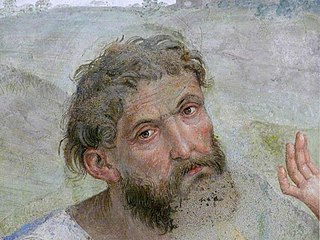
Lo Spagna, "the Spaniard" in Italian, was a painter of the High Renaissance, active in central Italy. His name was Giovanni di Pietro, but he was known as Lo Spagna because he was born in Spain. After Raphael, he was a main pupil and follower of the Umbrian painter Perugino, whose style his paintings develop. He should not be confused with Pietro di Giovanni D'Ambrogio of Siena.
Giovanni Balducci, called Il Cosci after his maternal uncle, was an Italian mannerist painter.

Cesare Nebbia (c.1536–c.1614) was an Italian painter from Orvieto who painted in a Mannerist style.
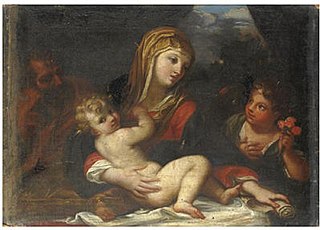
Giacinto Calandrucci was an Italian painter of the Baroque period.
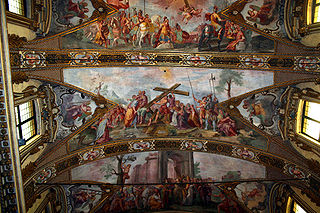
Giovanni Battista Carlone (1603–1684) was an Italian painter of the Baroque period, active mainly in Genoa.
Events from the year 1675 in art.
Events from the year 1590 in art.
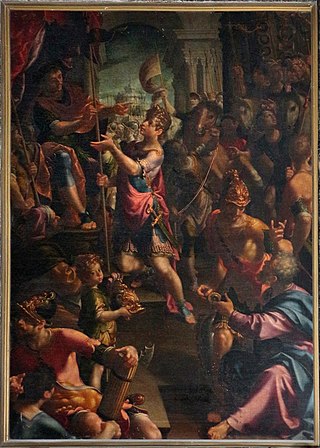
Aurelio Lomi was an Italian painter of the late-Renaissance and early-Baroque periods, active mainly in his native town of Pisa, Tuscany.
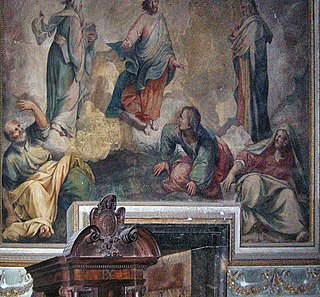
Durante Alberti was an Italian painter of the late-Renaissance period.

Vincenzo Meucci (1694–1766) was an Italian painter of the late-Baroque period. Born in Florence. He was a pupil first of the painter Sebastiano Galeotti, then of Giovanni Gioseffo dal Sole in Bologna.
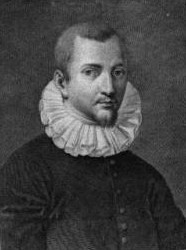
Rutilio di Lorenzo Manetti was an Italian painter of late-Mannerism or proto-Baroque, active mainly in Siena.

Giovanni Battista Benaschi, or Beinaschi, (1636–1688) was an Italian painter and engraver active in the Mannerist and Baroque style.
Giovanni Battista Buonocore was an Italian painter of the Baroque period. He became Rector (1679), then Principe (1698) of the Accademia di San Luca of Rome.
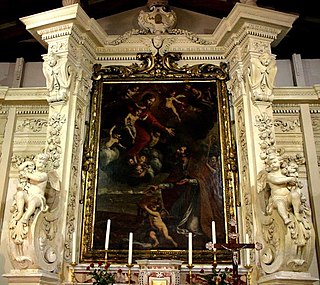
Giovanni Quagliata (1603–1673) was an Italian painter of the Baroque period. He is more properly known in Italy as Giovan Battista Quagliata, one of the leading artists of the Messinesi painters of the 17th century, as described by Francesco Susinno in his book "The Lives of the Messinesi Painters" published in 1724. Giovanni was born in Messina, Italy. He was a pupil of Pietro da Cortona and enjoyed the patronage and friendship of the Spanish Viceroy of Sicily, Don Juan José of Austria. Giovanni's brother, Andrea Quagliata, was also an historical painter, but of lesser significance. Giovanni's works – paintings, frescoes and large canvases – were famously displayed in the galleries and churches of Messina, but due to earthquakes from Mount Etna and wartime bombings, few have survived to the present day.

Giovanni Bizzelli was an Italian painter of the late-Mannerist period. He was a pupil of Alessandro Allori. He afterwards went to Rome. On his return to Florence he helped Antonio Tempesta in the decoration of the vaults of the Uffizi Corridor.
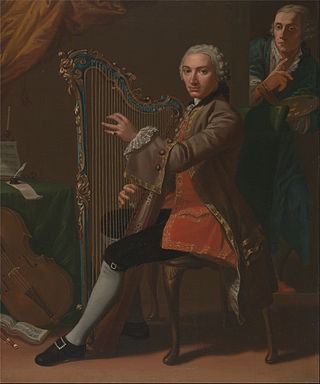
Giovanni Battista Tempesti (1729–1804) was an Italian painter, active mainly in Pisa.
Anastasio Fontebuoni (1571–1626) was an Italian painter of the Baroque, native of Florence. Fontebuoni proved to be one of the Florentine painters are more open to the influence of Caravaggio's naturalism. Fontebuoni was educated in the school of Domenico Passignano. According to Giovanni Baglioni, he visited Rome in the pontificate of Paul V, where he painted some pictures for the churches. His work flourished in Rome from 1600 to 1620 but this promising artist died young in Florence in 1626.

The Basilica of Our Lady of Humility or Madonna dell'Umiltà is a Renaissance-style, Roman Catholic Marian basilica in Pistoia, region of Tuscany, Italy.

Giovanni Battista Sassi was an Italian painter, active mainly in Milan and other areas of Lombardy, who painted in a late-Baroque and Rococo style.

Giovanni Battista Mercati (1591–1645) was an Italian painter and engraver, active in a Baroque style.